Origins Safaris, (formally known as East African Ornithological Safaris), is the original birding safari company in East Africa. The company founder Don Turner, co-authored the definitive Guide: `Birds of Kenya and Northern Tanzania’. Whether you want a specialist birding program targeting hundreds of species in a fortnight, or you seek a more general, cultural and wildlife safari, you can rest assured that our guides will know exactly what you are looking at, and be able to interpret its behaviour for you.
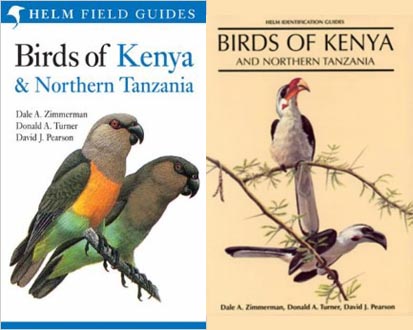
Discover the Amazing and Diverse Birdlife on the Continent of Africa
Africa is a fantastic continent for a bird watching holiday, with the wide range of habitats offering such a diverse bird population. The range is vast, with montane and lowland forests, wetlands, savannahs, deserts and coastlines on both the Atlantic and Indian Ocean. With a range of African and country-specific endemics, as well as the many migrant birds which come to ‘winter’ in the southern hemisphere, bird-watching in Africa is packed full of variety.
Africa is rich in birding opportunities, for beginners and professionals alike. The Albertine or Western Rift for example, that extends from Lake Albert south to lakes Tanganyika and Kivu is rich with endemic birds, while Tanzania, Uganda, Rwanda & Ethiopia contain a high percentage of all the endemic species that occur in Africa.
Bird watching in Kenya
Kenya is rightfully described as “All of Africa in One Country” and it is exactly that – it is a fact that Kenya enjoys some of the world’s greatest environmental spectacles, resulting in an unparalleled number of species of both birds and mammals.
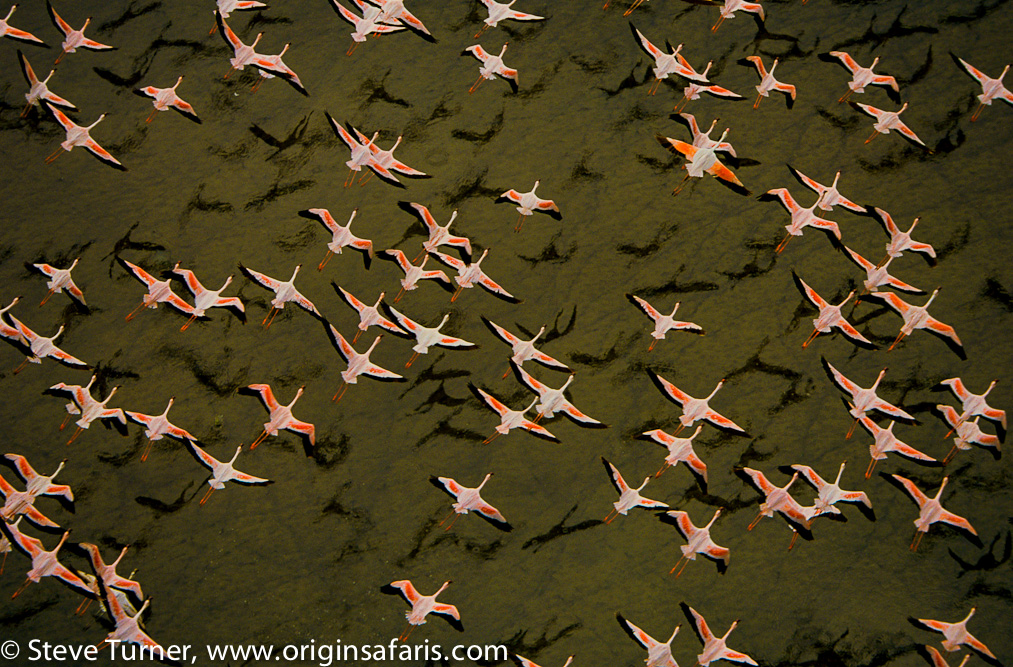
From the world’s biggest bird, the Ostrich, to spectacular flamingos that congregate in their thousands at some lakes in the Great Rift Valley, often camouflaging them in pink, Kenya holds some remarkable birding sights that you have to see to believe. With eleven per cent of the world’s species – some 1089 different varieties, Kenya’s birding is still one of the best in the world. It is not unusual for birding trips to record over 500 different species on a short trip, or to record more than 120 at a particular site on any single day!
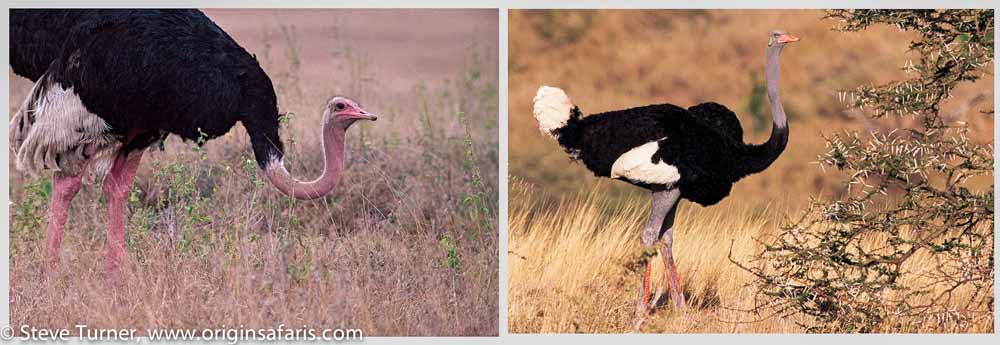
The variety of birds in Kenya is made possible by its favourable climate, diverse habitats and geographical features that also provide a suitable ‘stop-over’ for the many thousands of migratory birds. Even without venturing outside of Nairobi, Kenya’s capital, where more than 500 bird species have been recorded (more than in any other capital city, and more than some countries) can be a rewarding experience.
Bird watching is good all year round in Kenya. The rainy seasons of April-May and November-December coincide with the migration of birds from Europe and Asia, and many of the ‘big-day’ totals have been recorded at that time. Migrants make up about ten per cent of Kenya’s total birdlife, while spectacular birds of the bush such as guineafowl, go-away birds, rollers, starlings and weavers to mention but a few are present all year round.
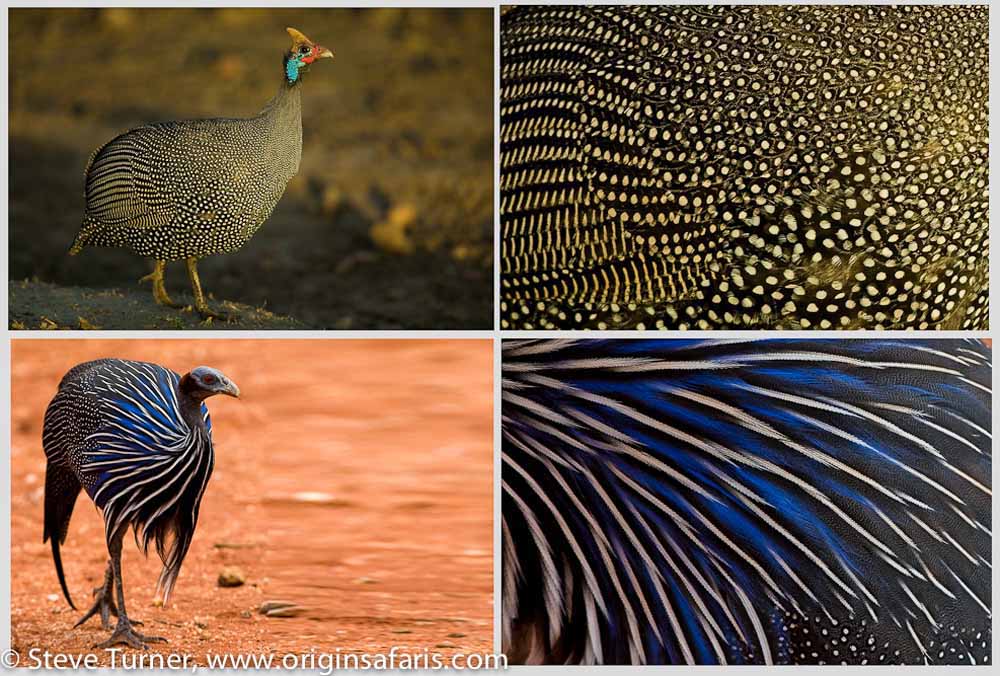
To see some of Kenya’s rarest endemic and unfortunately endangered birds, the bird enthusiast needs to seek out forests or highland grasslands tucked away amid various settlement and agricultural schemes. The Arabuko-Sokoke Forest near Malindi tops the list, with six seriously threatened bird species: the Sokoke Scops Owl, Sokoke Pipit, Spotted Ground Thrush, East Coast Akalat, Amani Sunbird and Clarke’s Weaver.
Some other areas including forest “islands” such as those in the Taita Hills, near Voi, are home to the beautiful but critically endangered Taita Thrush and Taita Apalis, as well as the endangered Taita White-eye.
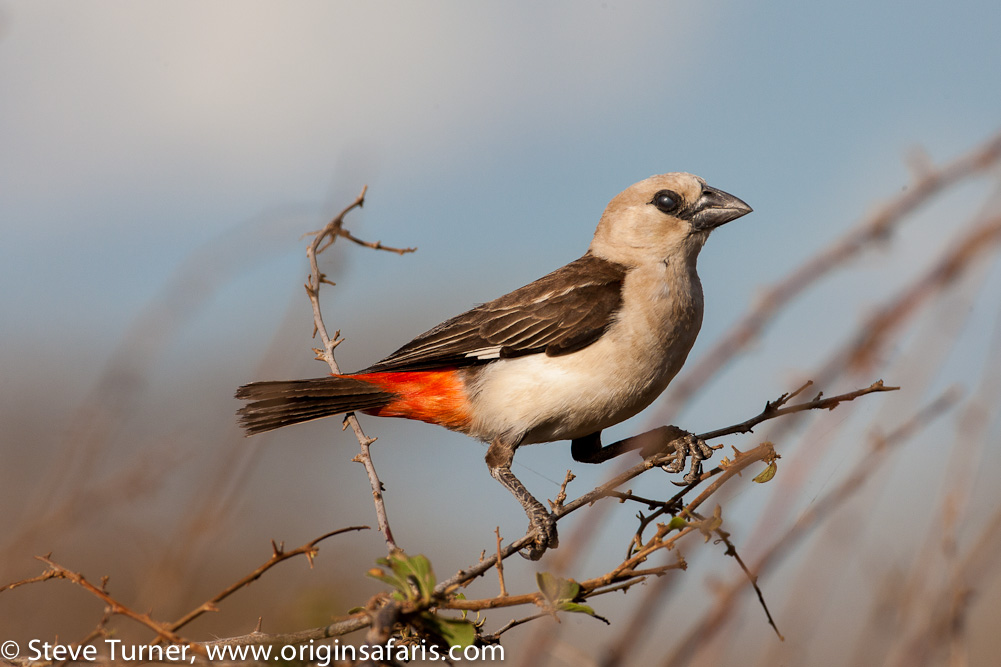
Sharpe’s Longclaw and Aberdare Cisticola, endemic and endangered, occur in the highland grasslands near the Aberdare Mountains. In western Kenya, the Kakamega Forest is a relict patch of Guineo-Congolian rainforest in Kenya, and among the many rainforest species found there are some spectacular turacos and hornbills, also the tiny, endangered Turner’s Eremomela. Elsewhere, the scarce and threatened Papyrus Yellow Warbler can be found in papyrus swamps along the shores of Lake Victoria, alongside the Papyrus Gonolek, White-winged Warbler and Papyrus Canary, all papyrus endemics.
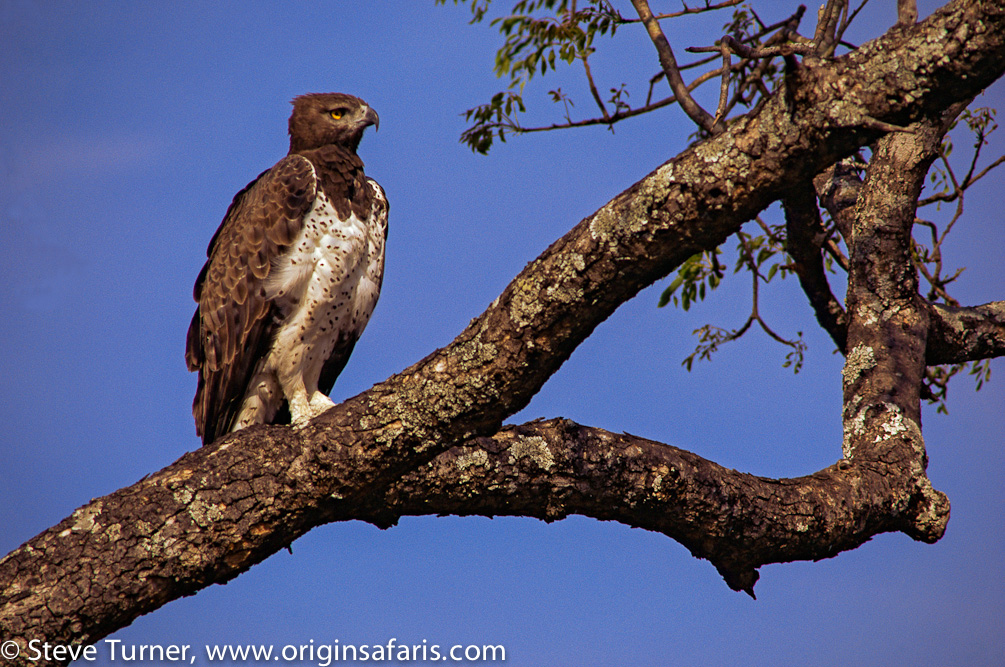
Kenya is a prime destination for a birdwatching holiday, with its unparalleled range of hotels and lodges to meet all budgets, a well-established road and rail network, prime natural habitats, a variety of climates and landscapes, and the third highest number of bird species in the whole of Africa.
Between October and February many Palearctic migrants ‘winter’ along Kenya’s coastal and inland shorelines. Many swallows, terns, plovers and waders can be found during this time; while between June and August most weavers and bishops are in their full breeding plumage, and some Southern African migrants can also be seen.
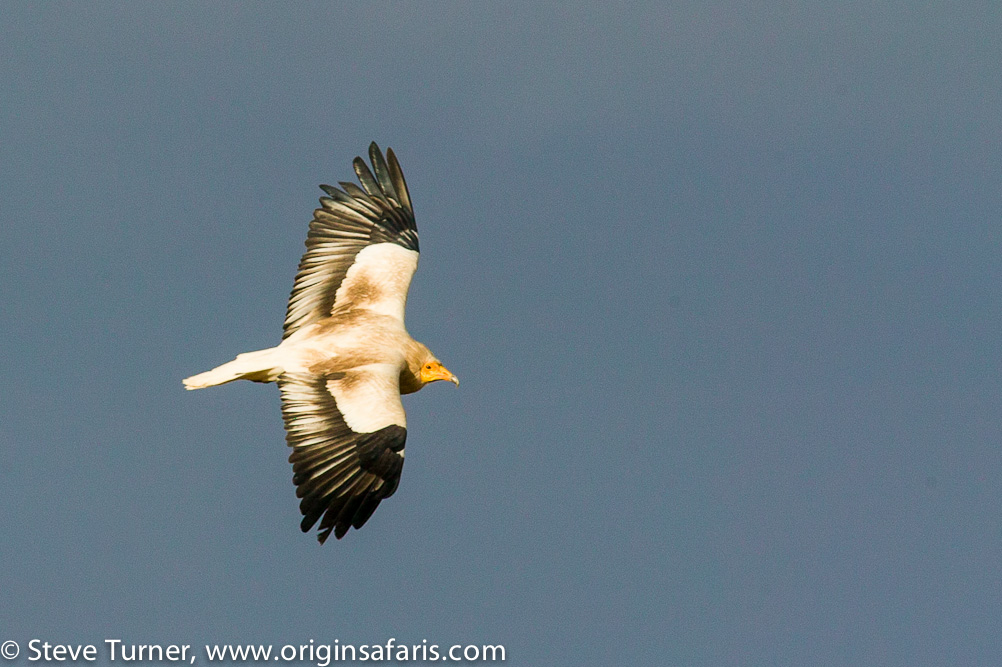
Kenya’s national parks make excellent centres for bird watching in Kenya – the Maasai Mara from the majestic Ground Hornbill to the spectacular Rosy-breasted Longclaw and Magpie Shrike; the Samburu and Shaba reserves for the rare White-headed Mousebird, Williams’s and Masked Larks; and Nairobi for the Northern Pied Babbler and African Finfoot. Kenya’s handful of endemic birds include Jackson’s Francolin, Aberdare Cisticola, Hinde’s Babbler, Williams’s Lark, Sharpe’s Longclaw, Taita Thrush and Clarke’s Weaver.
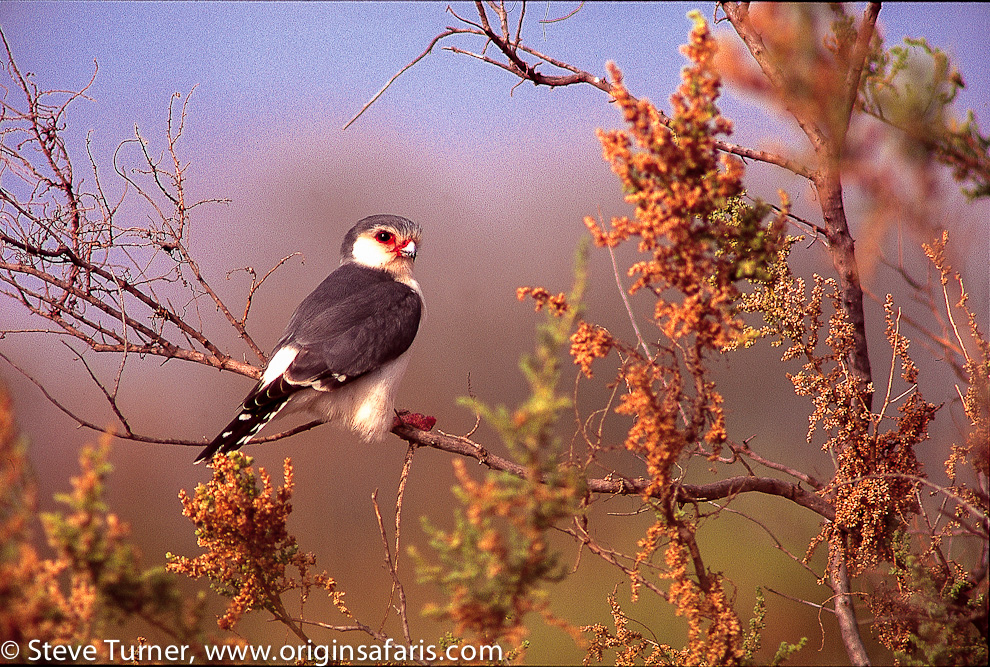
Such a diverse range of national parks and reserves supports a great diversity of bird species, and makes any bird watching holiday in Kenya so very rewarding!
Bird watching in Tanzania
Tanzania is a true wilderness – over a quarter of this magnificent country is dedicated to incredibly wild and beautiful national parks and reserves. With a range of endemic bird species, Tanzania is a great location for a bird watching holiday. A tremendous amount of ornithological research has been carried out here in the past twenty years, which has hugely increased the information and resources for bird watching in Tanzania. Come for great endemics, near-endemics and speciality birds. The changes suggested by on-going research make listing the exact number of endemics rather difficult. Some sources suggest around 26, while others who prefer to split sub-species will suggest as many as 34. A selection of their spectacular endemic birds include the Udzungwa Forest Partridge, Uluguru Bush Shrike, Mrs Moreau’s Warbler, Loveridge’s and Rufous-winged Sunbirds, the Kilombero and Usambara Weavers, not to forget the four very special endemics to be found on Pemba Island (Green Pigeon, Scops Owl, Sunbird and White-eye).

Birding in Tanzania is not only recommended for endemism; over 1100 species have been recorded here and birders in Tanzania will love the range of environments and the sheer variety of birds to be seen on a safari holiday.
Our Northern Tanzanian migration safari blends the very best that is East Africa. The forests, lakes and savannahs of East Africa teem with birds, including a number of Serengeti specialities, but we will also focus on mammals as we have timed this tour to coincide with the great Wildebeest migration through the central Serengeti, where you will stand a good chance of finding many of the region’s predatory cats too.
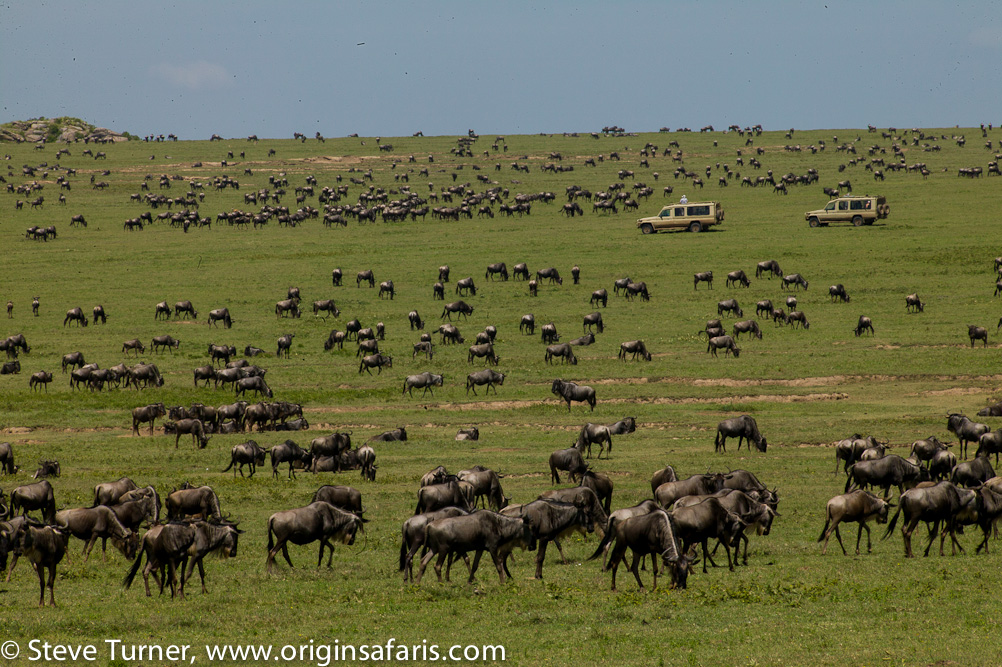
Our exclusive Migration Safari will let you experience the integral and complete wonders of Tanzania.
Bird watching in Ethiopia
Often called “The Roof of Africa”, Ethiopia is one of the continent’s top birding destinations. The extensive highlands, which dominate most of the country, are bisected by the Rift Valley, and fall away to arid desert and bush country in the north, south and east, and to moister Guinea woodland in the west. Its avifauna represents an interesting mixture of East and West African, Palearctic and some strikingly unusual endemic components. In addition to more than 800 species of birds, 30 species are confined to this dramatic region.
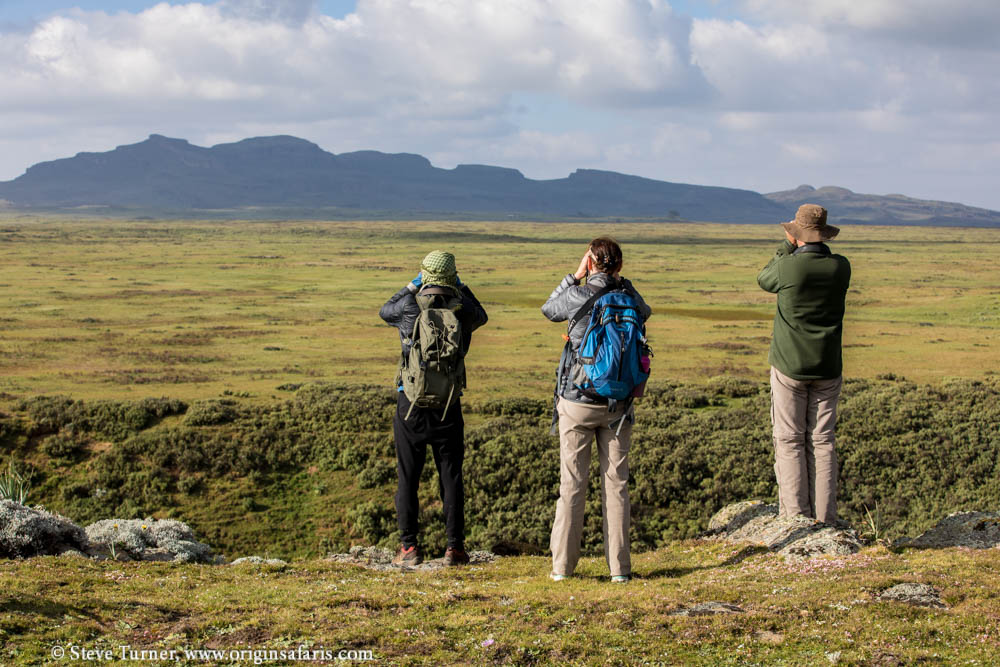
Much of the highlands are under subsistence agriculture, but there still exist considerable tracts of Afro-alpine shrubland and pockets of Afromontane forest. For birders, the most popular access to really high altitude is the Bale Mountains National Park. Here the highest all-weather road in Africa crosses the Sanetti plateau (4377m) and allows easy access to alpine moorlands, grasslands and lakes. Highland endemics such as Spot-breasted Plover and Rouget`s Rail occur alongside spectacular giant lobelias and Ethiopian wolves. The highlands also offer a number of species not found elsewhere in sub-Saharan Africa, such as Ruddy Shelduck, Golden Eagle and Red-billed Chough. Other more widespread highland endemics include Blue-winged Goose, Wattled Ibis, Thick-billed Raven, White-billed Starling, Abyssinian Longclaw, White-winged Cliff Chat and Black-headed Siskin.
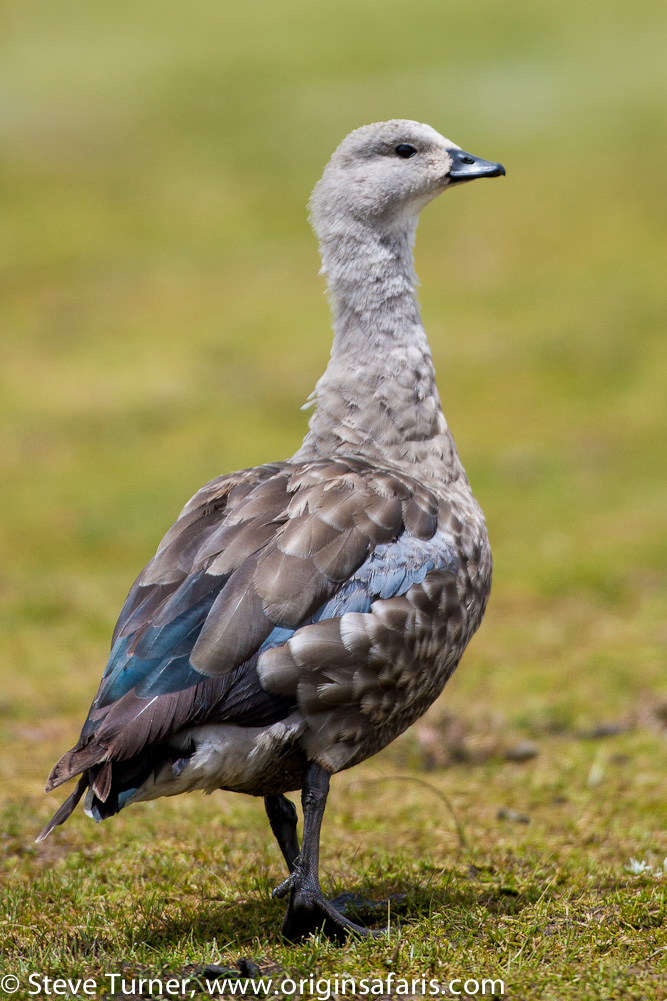
Ethiopian forest endemics, accessible at such forest patches as those at Wondo Genet (central highlands) and Debre Libanos (northern highlands) include Yellow-fronted Parrot, Black-winged Lovebird, Abyssinian Slaty Flycatcher, Abyssinian Black-headed Oriole, Banded Barbet, and in Juniper-Hagenia forest at higher altitude, such as at Dinsho or near Robe in the Bale mountains, White-backed Black Tit, Abyssinian Catbird, White-cheeked Turaco and the Abyssinian Woodpecker. Other forest species particularly worthy of mention are Ayres’s Hawk Eagle and Abyssinian Ground-Thrush.
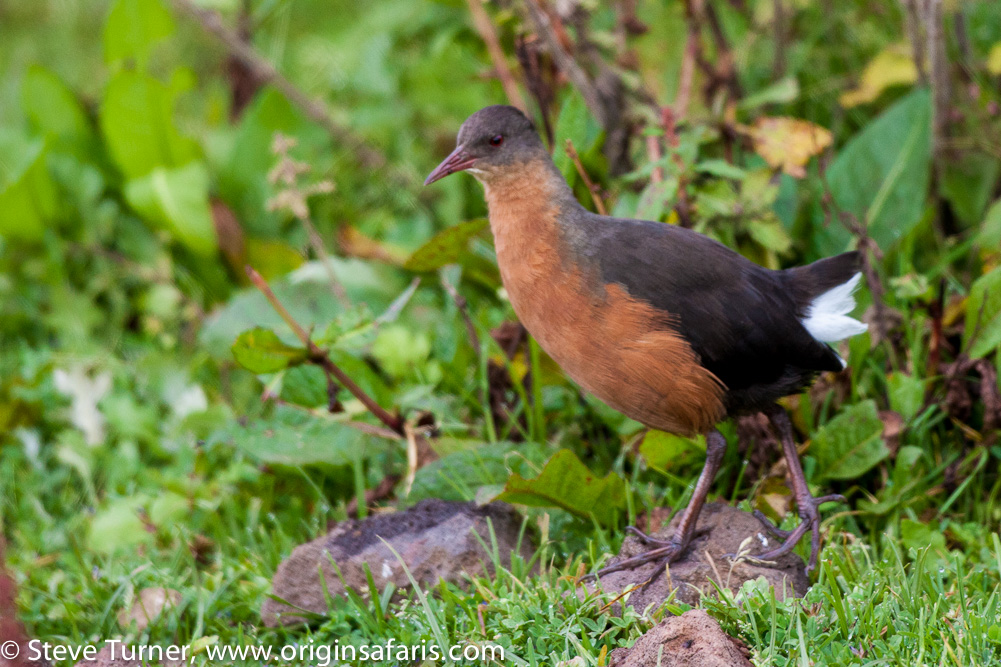
In the south of the country, high diversity and endemicity combine to offer absolutely superb birding. Highly sought-after specialties include the endemic Prince Ruspoli`s Turaco, White-tailed Swallow, Stresemann’s Bush Crow, Sidamo and Degodi Larks as well as a number of dry country species shared with far northern Kenya and Somalia, such as Vulturine Guineafowl, African White-winged Dove, Red-naped Bush Shrike, Somali Long-billed Crombec, Yellow-vented Eremomela and the Juba Weaver.
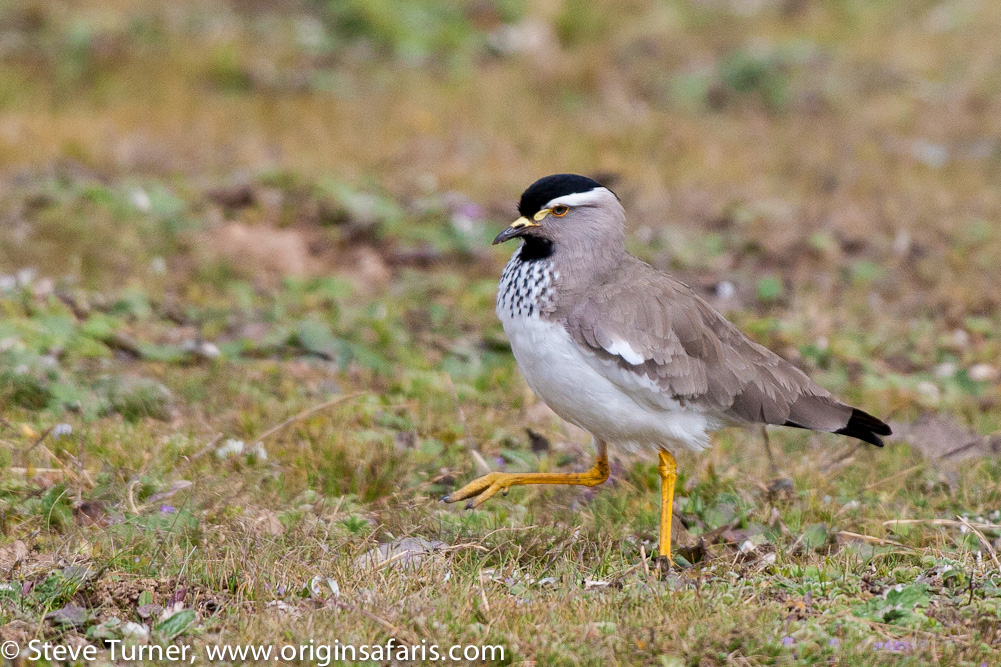
In the far west of the country, along the Sudanese border, low-lying plains are cloaked with moister woodland supporting an avifauna quite unlike that of the rest of the country. It seems somewhat West African in character, and specials include Egyptian Plover, Black Scimitarbill, the Levant Sparrowhawk (a rare winter migrant), Little Green and Red-throated Bee-eaters, Gambaga Flycatcher, Pygmy Sunbird, Black-rumped Waxbill, Black-faced and Bar-breasted Firefinches ,Yellow-bellied Hyliota, Chestnut-crowned Sparrow-Weaver, Brown-rumped Bunting and Green-backed Eremomela.
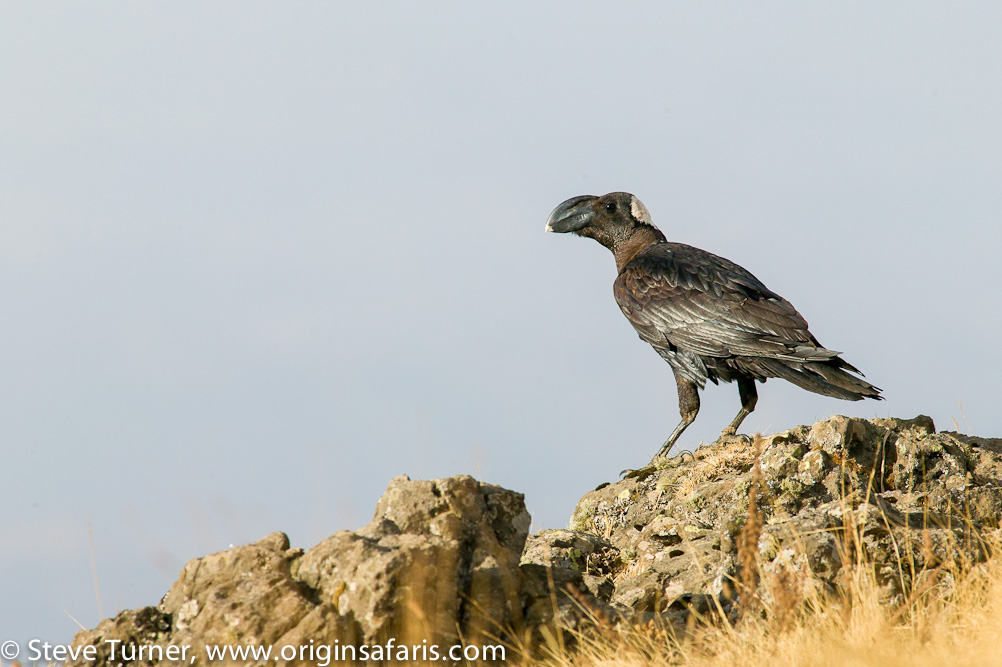
The birding is relatively easy while very diverse. The scenery forms one of Africa’s most dramatic backdrops alongside fascinating cultures and a variety of unique mammals such as Gelada Baboon, Mountain Nyala and the critically endangered Ethiopian Wolf. This makes for a top birding tour with a great all-round experience.
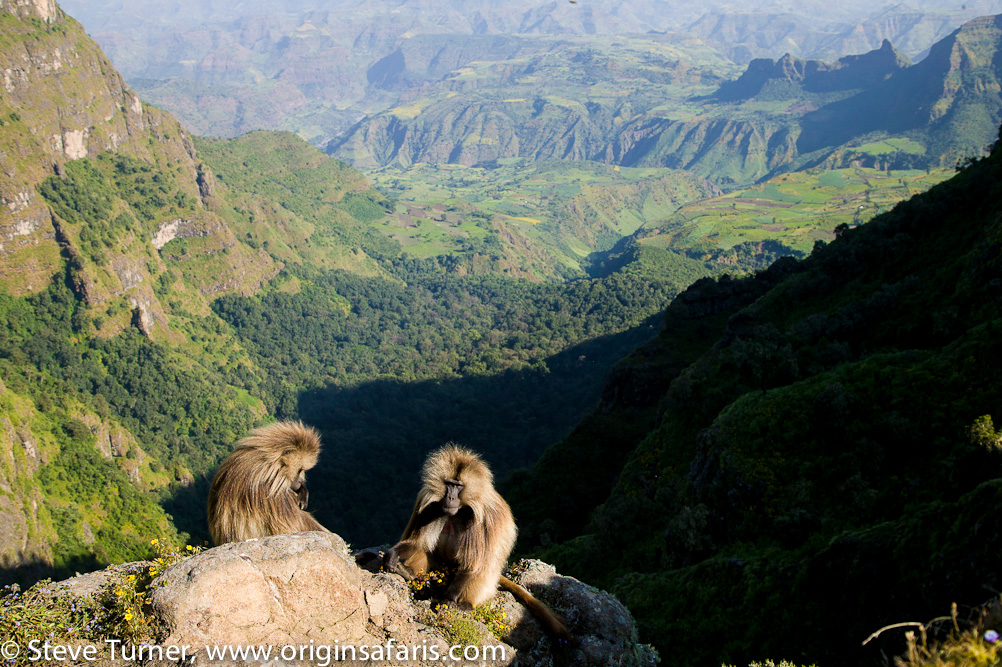
Bird watching in Uganda and Rwanda
A bird-watching trip to Uganda will include Bwindi-Impenetrable, Kibale, Queen Elizabeth and Murchison Falls National Parks, to look for such specialities as the Shoebill, White-naped Pigeon, Rock Pratincole, Green-breasted Pitta, African Green Broadbill, Yellow-eyed Black Flycatcher, Blue-headed Sunbird and Strange Weaver. Uganda offers over 1000 species, and is the most accessible place to see the legendary Shoebill. To find it, you will embark on a small boating excursion and explore the vast swamps within Queen Elizabeth and Murchison Falls National Parks.
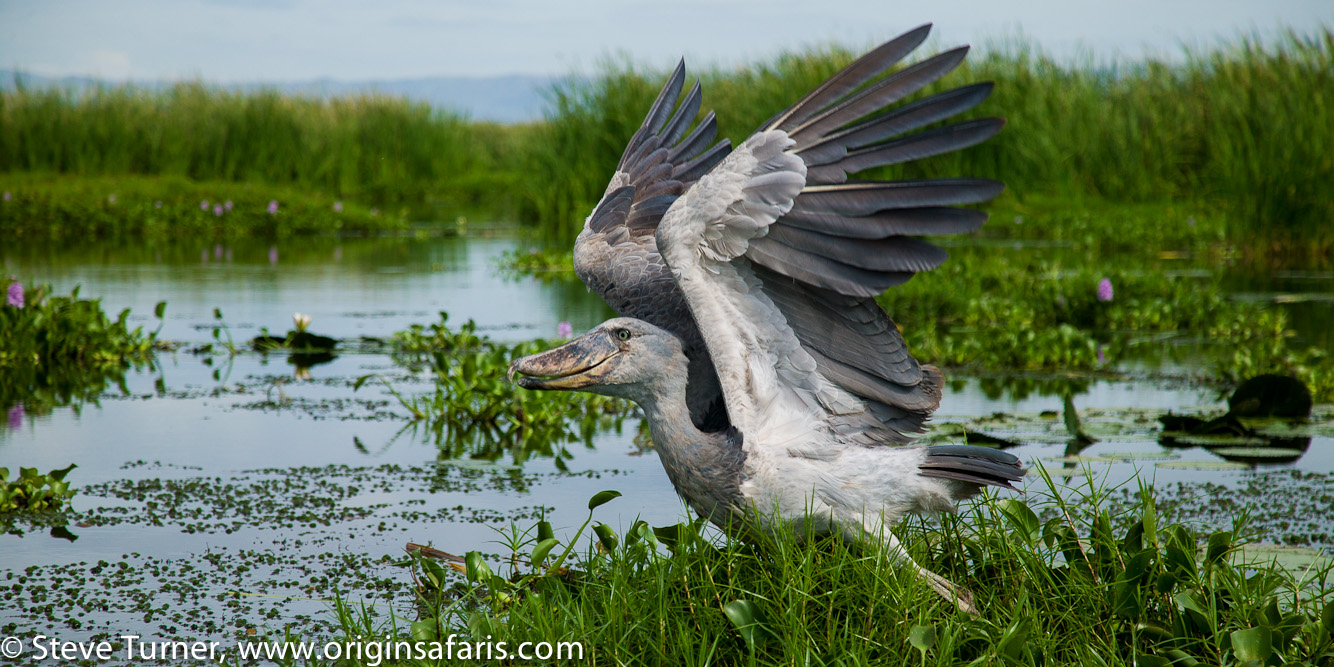
Bwindi-Impenetrable National Park, with its misty peaks and fern-loaded forests, is an amazing biodiversity hotspot that hosts 24 of Uganda’s 26 Albertine Rift endemics. It also offers one of the greatest wildlife experiences on earth: the opportunity to come face to face with one of our closest relatives, the Gorilla. Our tours allow a day for those who wish to track gorillas, while others can do the extra birding.
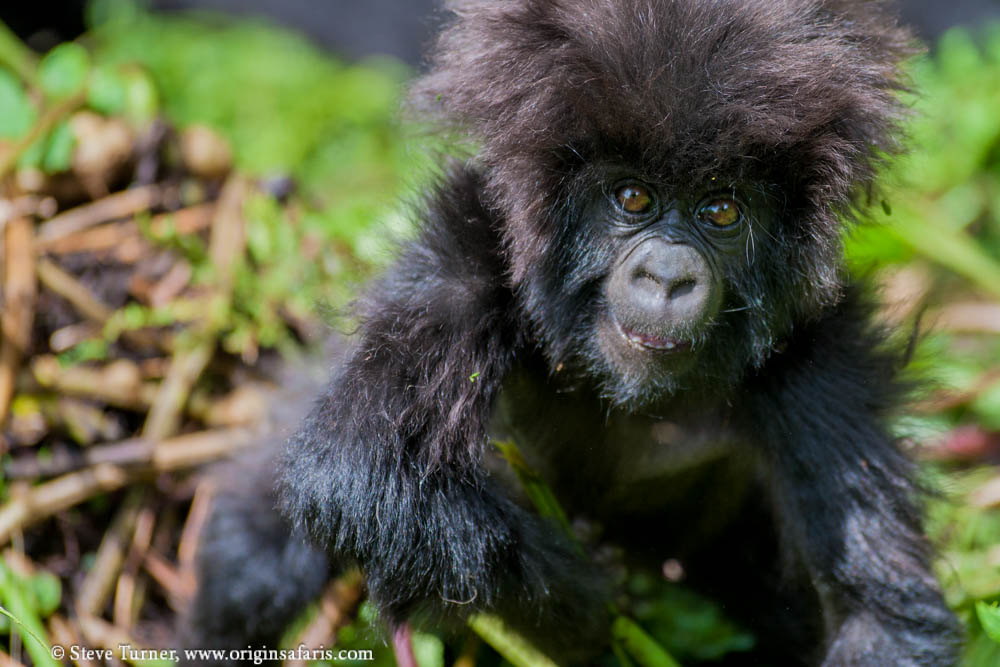
At lower altitudes, Short-tailed Warblers, Red-throated Alethes, and Kivu Ground Thrushes are found in the mossy undergrowth. African Grey Parrots fly overhead while Chimpanzees shriek from deep in the forest. Higher up, the cloud-swathed Virunga volcanoes loom in the distance. Here you can search for Grauer’s Rush Warbler, Ruwenzori Turaco and the near-mythical Yellow-crested Helmet-shrike.
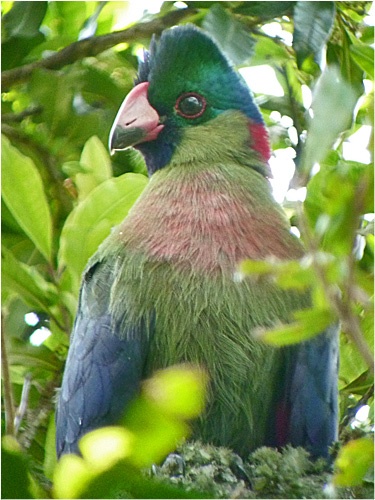
Bird watching in Rwanda is somewhat overlooked in favour of gorilla-trekking trips. However, birdlife in Rwanda is excellent, giving visitors the chance to see some of the Albertine Rift endemic bird species. There are over 650 species in Rwanda, which is amazing for such a small country and makes for great birding.
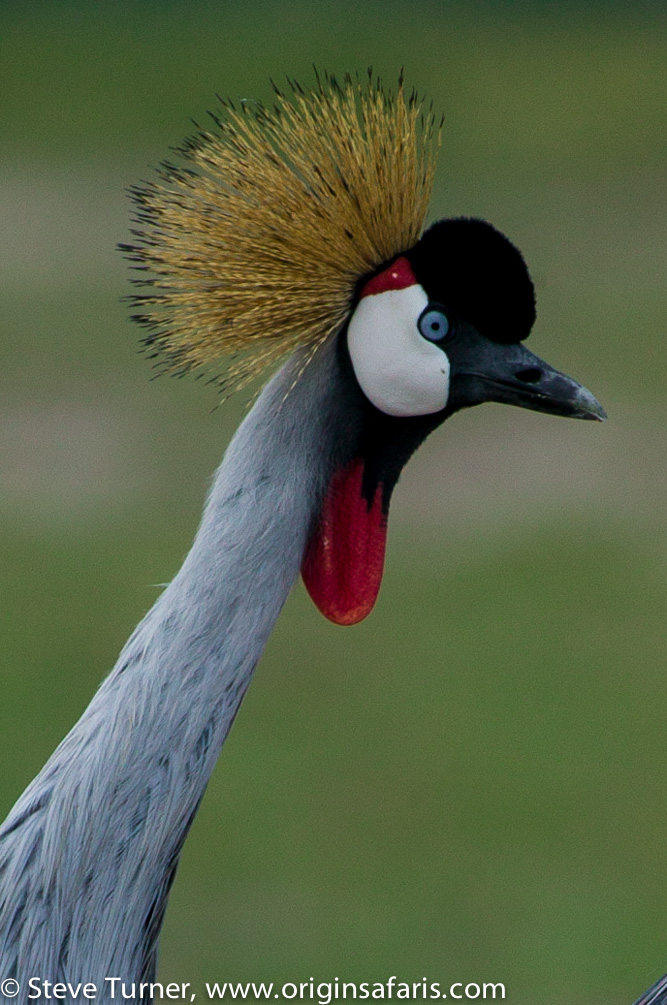
The key area for bird watching in Rwanda is the vast Afromontane forest of Nyungwe National Park, which is recognised as an IBA (‘Important Bird Area’) by Birdlife International. Some of Rwanda’s Albertine Rift endemics, including the Handsome Francolin, Ruwenzori Turaco, Albertine Owlet, Collared Apalis, Red-collared Mountain Babbler, Grauer’s and Neumann’s Warblers. As an aside, the papyrus swamps in Akagera National Park are one of few places in Africa where Shoebills are easily encountered.
Bird watching in Chad
Chad is a country full of adventure and is ‘Africa for the hardcore’. Travel here is tough – many of the roads are broken due to years of conflict and lack of maintenance. There are few comfortable hotels and added to that, the summer heat is mind-melting.
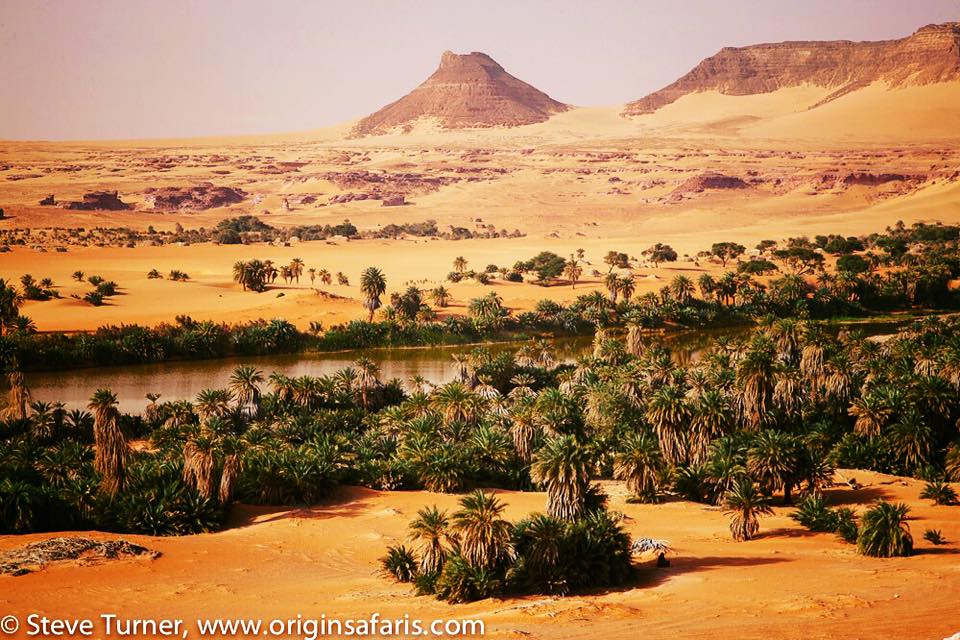
So why bother, you may ask? Well, we could list the sublime oases lost in the northern deserts, tell you about the stampeding herds of wildlife in the national parks or the deep blue lure of a boat trip on Lake Chad. But let’s be honest about it, these things alone aren’t why people come to Chad. Chad offers an opportunity to break emphatically with a comfortable Western world and come to a place that promises experiences that you’ll be recalling forever.
Our bird-watching expeditions explore rarely-visited regions of West Africa with some exciting specialities. Chad is a very little known birding destination but offers some great birds as well as some extraordinary scenery, especially in the north of the country, which is truly Saharan in nature.
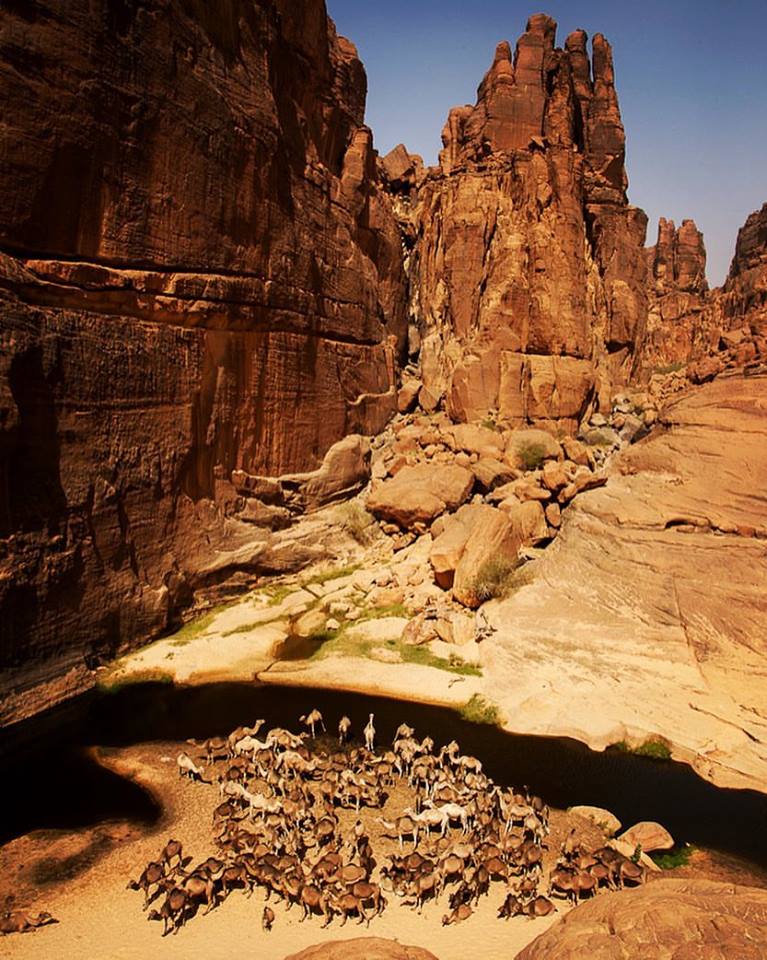
On a trip with Origins Safaris you will visit a variety of areas in Chad, including the remarkable Zakouma National Park and the extraordinary Ennedi massif.
Zakouma National Park is an undiscovered gem, being the last great wildlife wilderness area in Western Africa. The Zakouma floodplains, rivers, marshes and pans are a valuable stop-over for migrating birds and breeding ground. Bird watching in the park is an extremely rewarding experience. Not only in the number of species (currently 373) but also in the sheer abundance of water birds including ducks, geese, Black Crowned and Wattled Cranes. Seeing tens of thousands of these birds at a pan in the dry season is not uncommon.
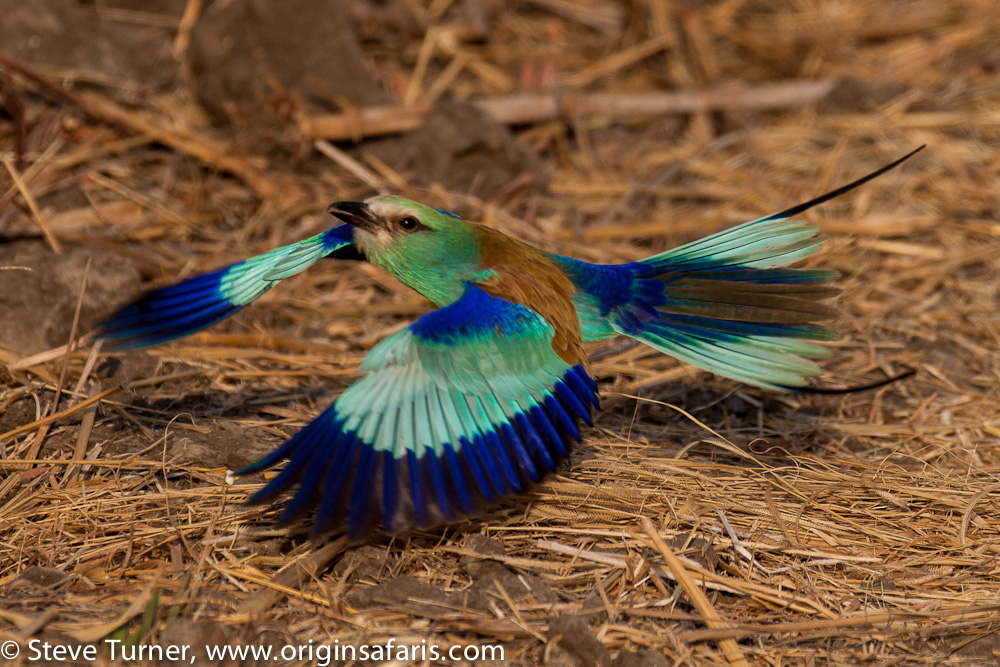
Zakouma has most of the Sahelian ‘specials’ such as Beaudouin’s Snake Eagle, Sahel Paradise Whydah, Black Scrub-Robin, Bearded Barbet, Little Grey Woodpecker, Western Bonelli’s Warbler and Rose-ringed Parakeet. The common birds seen during the dry season (mid-November to end-May) are Long-tailed and Greater Blue-eared Starling, Pygmy and Variable Sunbirds, Rufous-tailed Scrub Robin, Black-headed Gonolek, Western Grey Plantain-eater, Red-throated Bee-eaters, Red-cheeked Cordon-bleu, Namaqua Dove, Brown Parrot – all watched over by the ever present pair of African Fish Eagles and ubiquitous Black Kites. Raptors are well represented with 39 species having been recorded in the park.
A game drive will almost certainly produce sightings of the northern race of Ostrich, Abyssinian Roller, Abyssinia Ground Hornbill, Blue-naped Mousebird, Swallow-tailed Kite, Egyptian Vulture, Little and Little Green Bee-eaters.
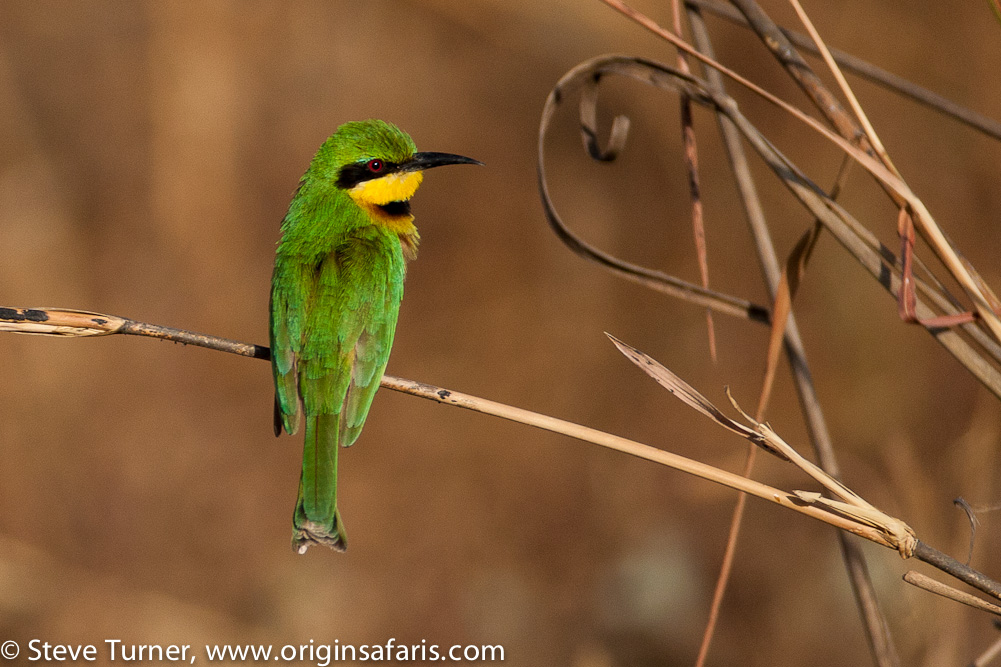
As the dry season approaches, thousands of Red-billed Queleas move to the open pans of Zakouma National Park. As temperatures rise, the Quelea’s burst into action and become “sardines of the sky”, moving in a perfectly choreographed spectacle, skimming over the water with a susurration of wings. Even for “non-birders”, the flight display of millions of Quelea turning the sky black is truly awesome!
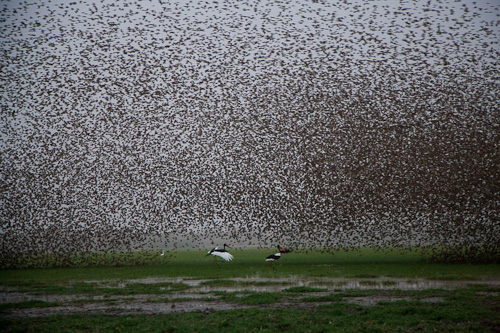
The Ennedi massif in north eastern Chad is one of the scenic marvels of the Sahara and includes the extraordinarily dramatic and unexpected Guelta d’Archei, where the last Sahelian Crocodiles still survive. Good birds here include Crowned Sandgrouse, Pharaoh Eagle-Owl, Bar-tailed Desert Lark, Blackstart, Brown-tailed Rock Chat and Desert Sparrow.
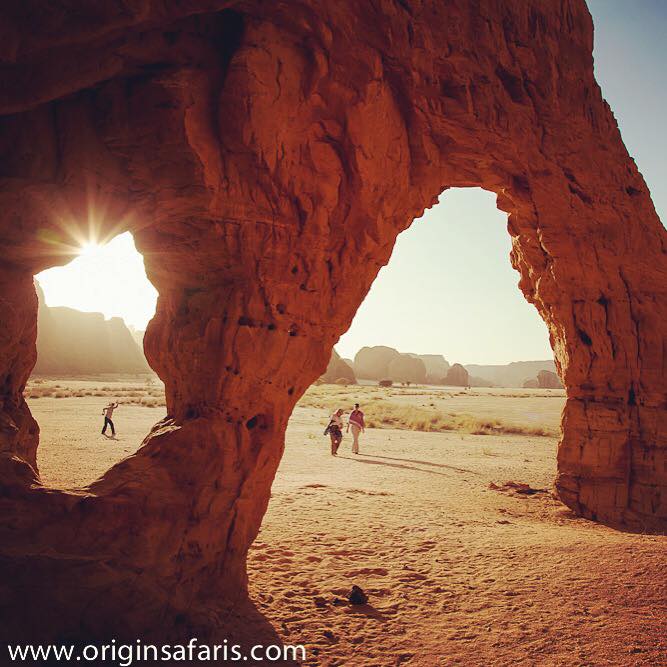
About Origins Safaris
At Origins Safaris we are passionate about wildlife, cultural heritage, adventure and exploration. We customize each and every safari to your personal requirements and expectations, ensuring an exclusive, unique and authentic experience every time.
Origins Safaris is a family business, founded in 1963 by Don and Margaret Turner. It is managed today by two subsequent generations of the family, and predominantly by Don’s son, Steve. We are so much more than just a travel broker – our years of experience, professionalism and reliability means that we go the all important extra mile, to make sure your dream safari is safe, memorable, educational and most of all great fun. We are renowned for our meticulous safari planning from start to finish, and the highest standards of natural history interpretation.
Origins Safaris provide that crucial “sound advice and impeccable service” so seldom found by other companies. We have 50+ years of authentic African safari experience and the know-how to make your trip run as smoothly as possible. Use our website (https://originsafaris.com/) to find the trips that inspire you and add them to your bucket list. As you use the arrows to browse through the various countries we do safaris to, bear in mind that the further you go into the website the more adventurous, specialized and remote the trips become. We are offering you a lifetime of travel, beginning with the easiest and ending with the hardest as you find your Africa feet and wish to do more exciting trips. Once you have browsed our website, send us your bucket list and we will link you directly to some relevant and extensive sources of information and pertinent itinerary advice. From there, we can then start your specific itinerary design.
For more information on bird-watching trips in Africa, please contact us via https://originsafaris.com/africas-best-birding/
Origins Safaris – Authentic African Experiences Since 1963




















 STEVE TURNER
STEVE TURNER SELEMPO EDWIN LESOINE
SELEMPO EDWIN LESOINE STANLEY KARITHI
STANLEY KARITHI ZACHARY METHU MBUTHIA
ZACHARY METHU MBUTHIA PETER LIECH ADEDE
PETER LIECH ADEDE FELIX WAMBUGU
FELIX WAMBUGU JOSHUA SONKOYO
JOSHUA SONKOYO HENRY MIWANI
HENRY MIWANI











